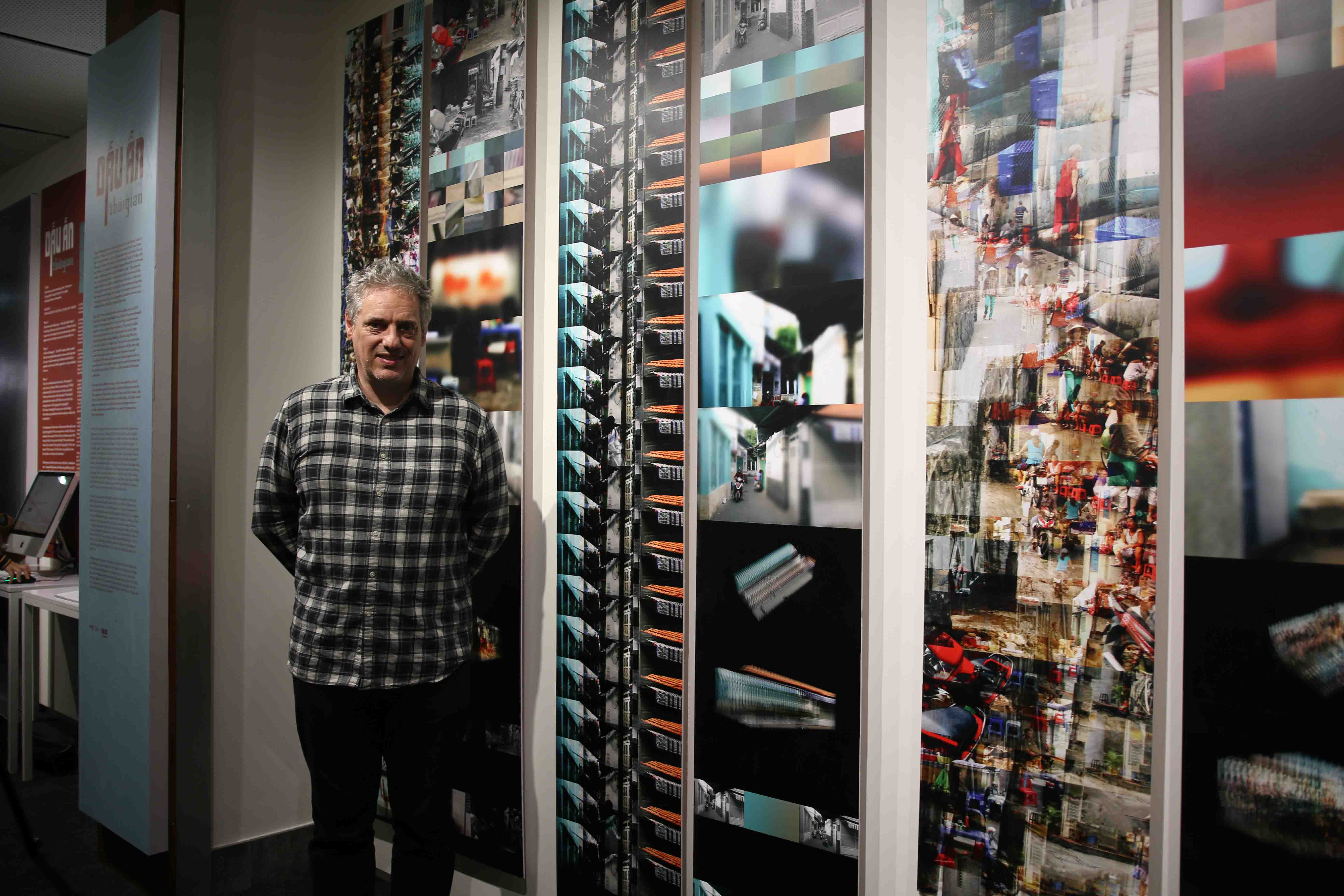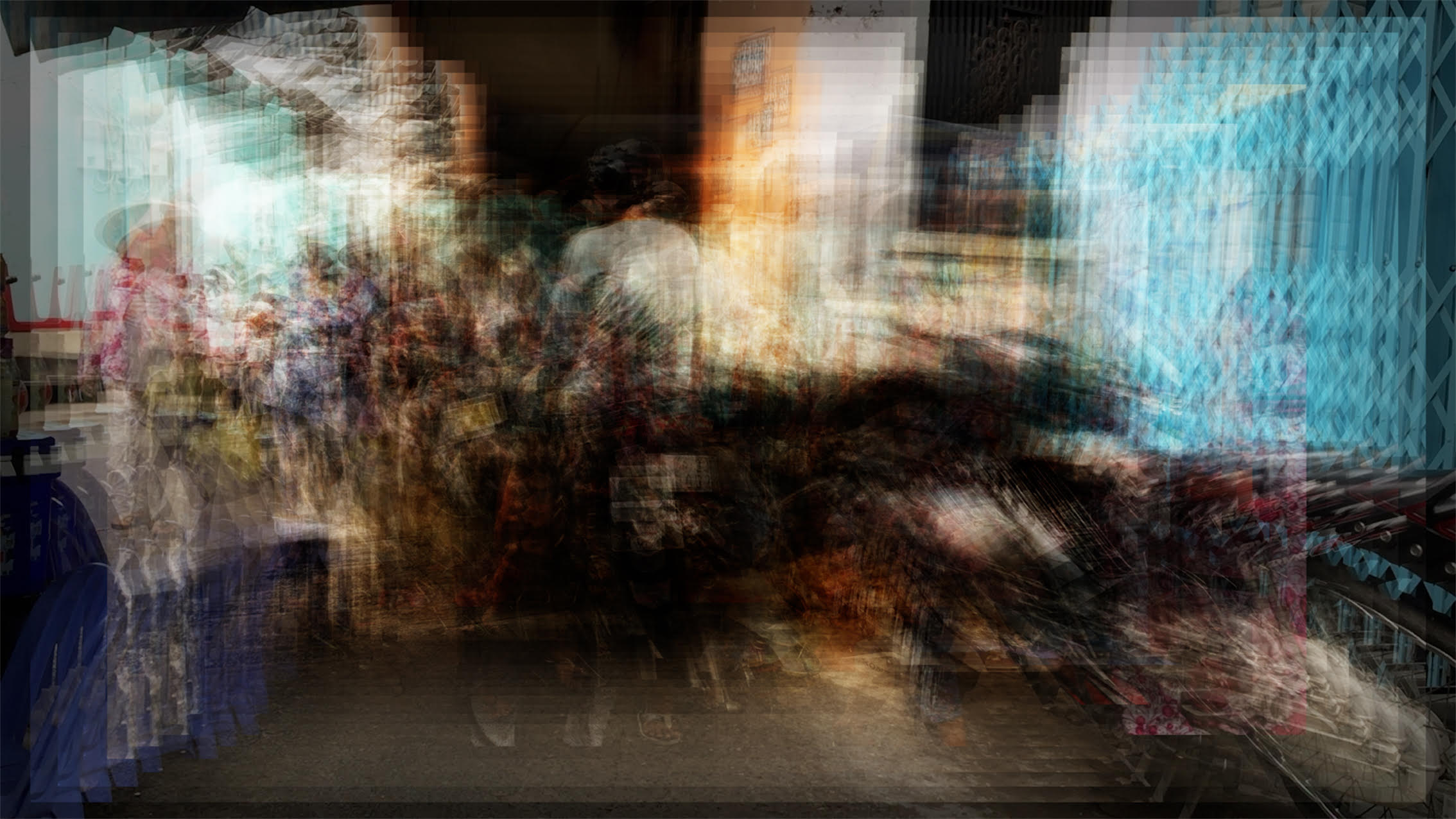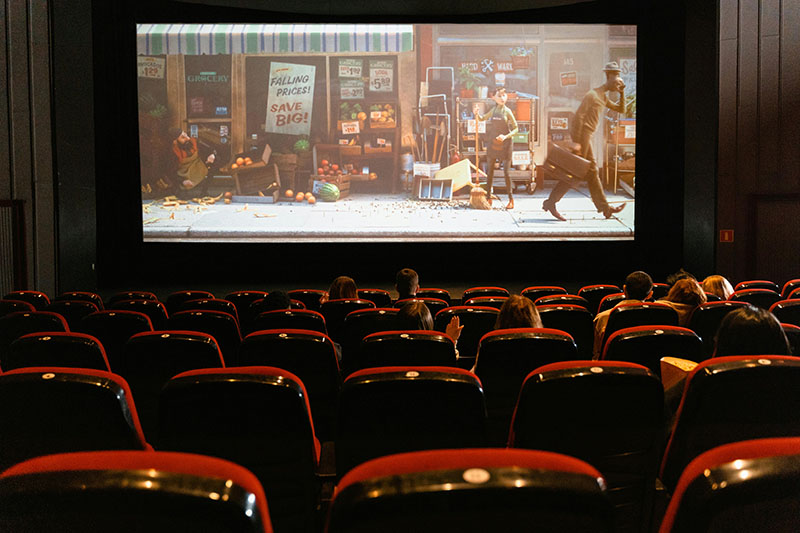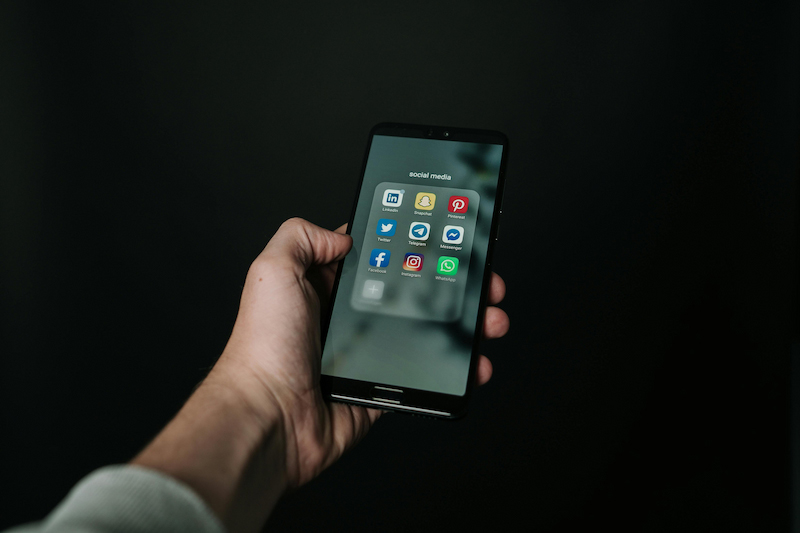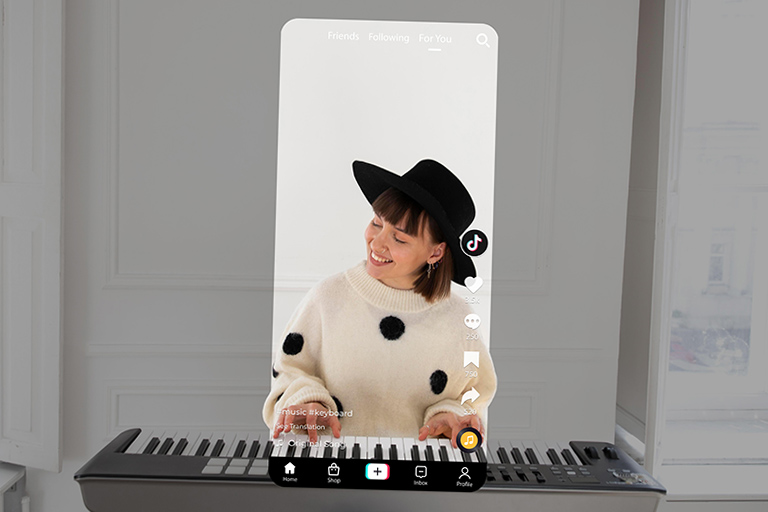Digital literacy skill enhancement for women entrepreneurs
If digitally trained, women who make up the majority of Micro, Small and Medium Enterprises (MSMEs) could hold the potential to accelerate national economic growth, according to RMIT Vietnam researchers.
Harnessing social media for effective film promotion
RMIT Senior Lecturer in Professional Communication Dr Nguyen Van Thang Long sheds lights on the indispensable role of social media in film marketing.
Tackling impostor syndrome by less scrolling, more living
Dr Lena Bucatariu, RMIT Lecturer in Professional Communication explores why social media triggers impostor syndrome and presents five pragmatic tips to overcome it.
Universal Music pulls its catalog from TikTok: What comes next?
Dr Nguyen Van Thang Long, Senior Lecturer from the School of Communication & Design at RMIT Vietnam, demystifies the implications of Universal Music Group's decision to remove its songs from TikTok.

